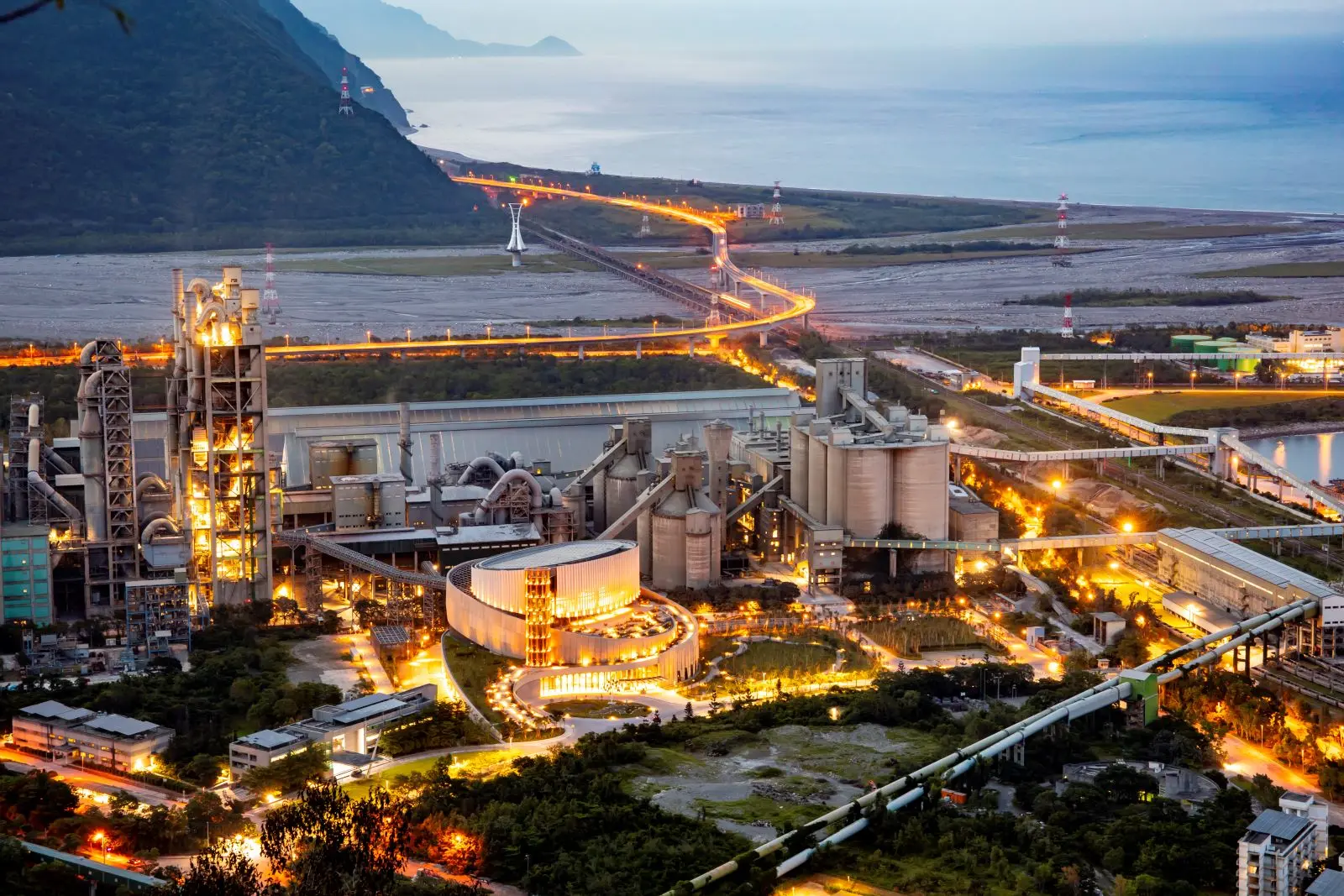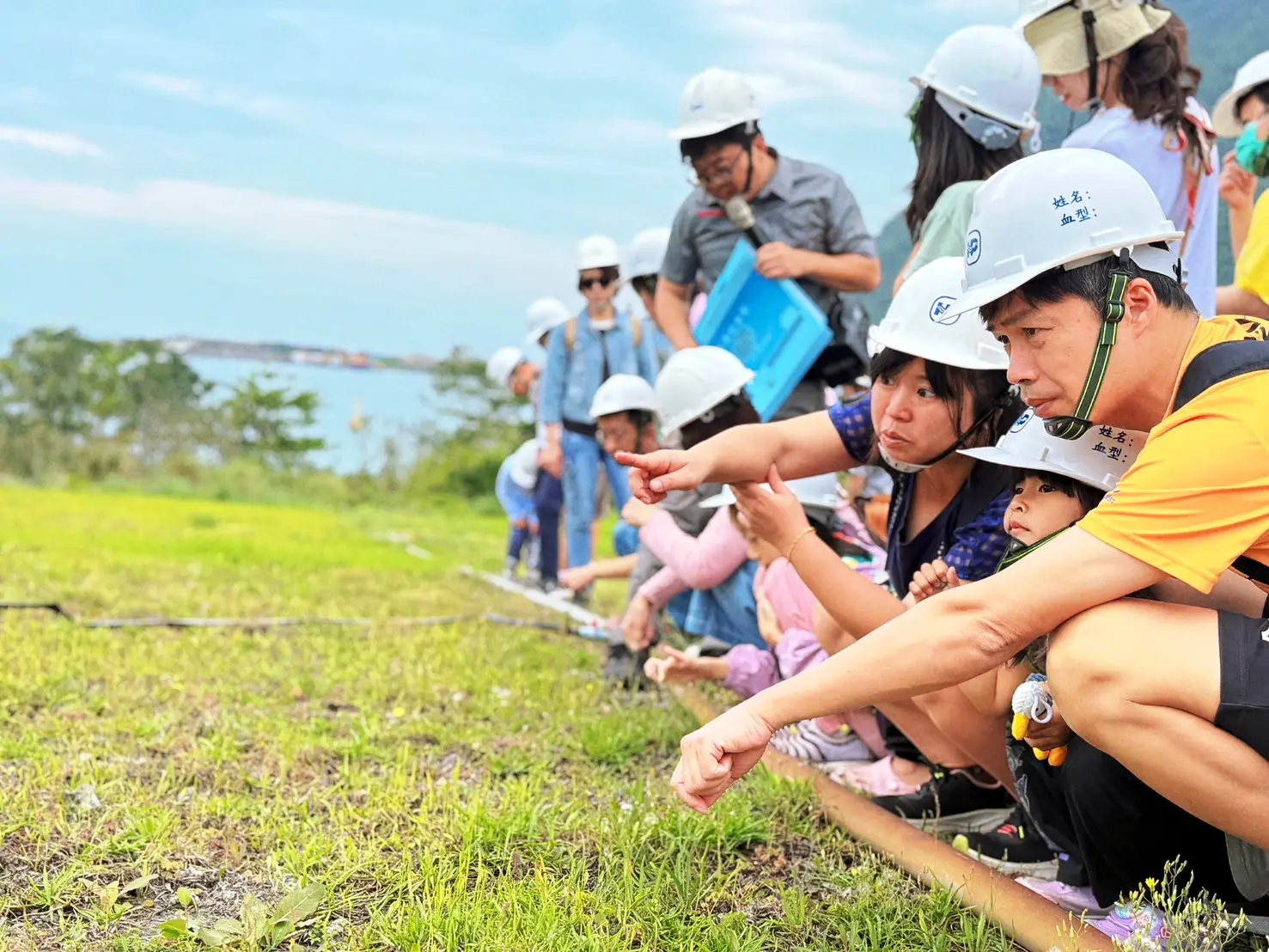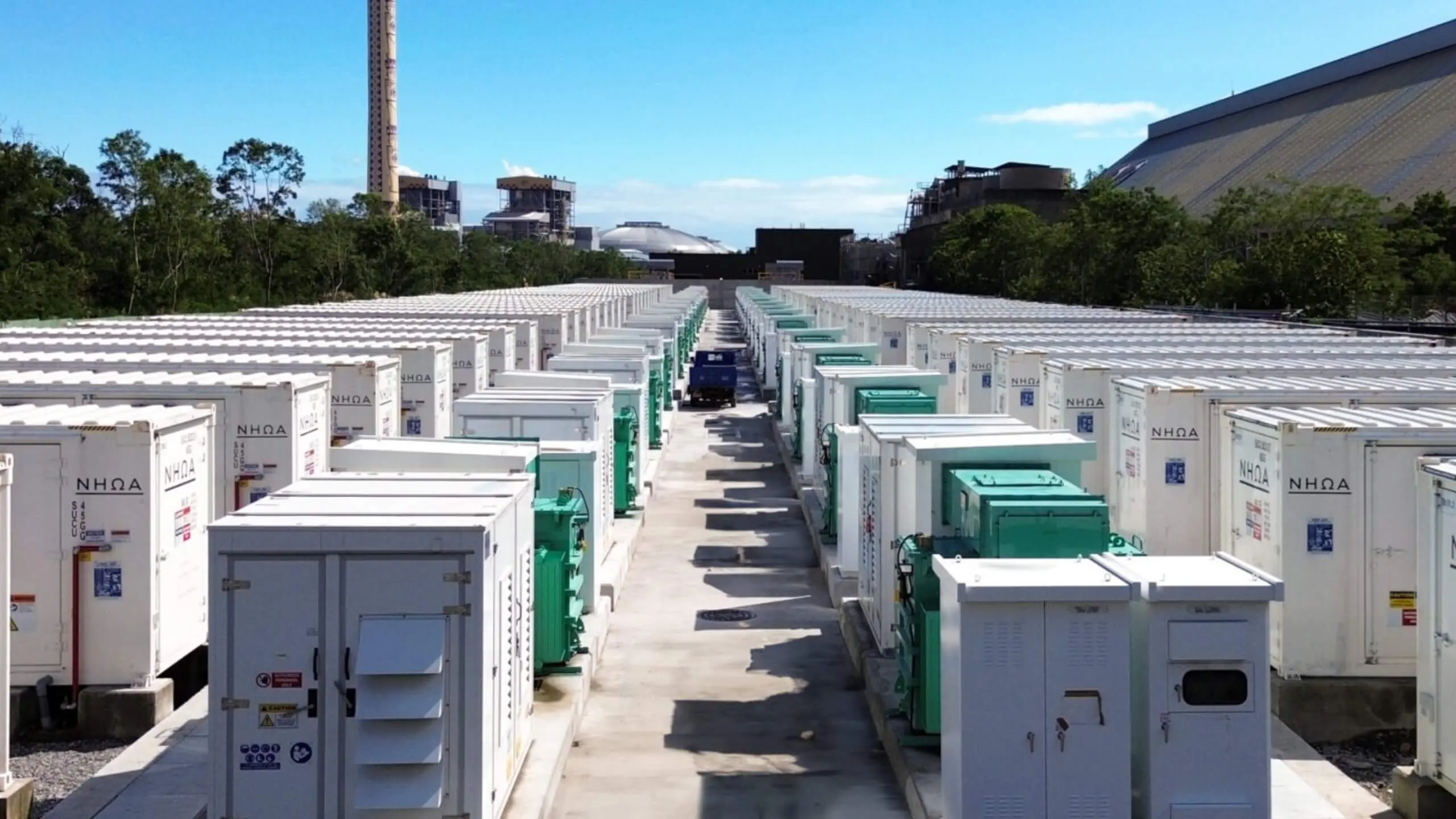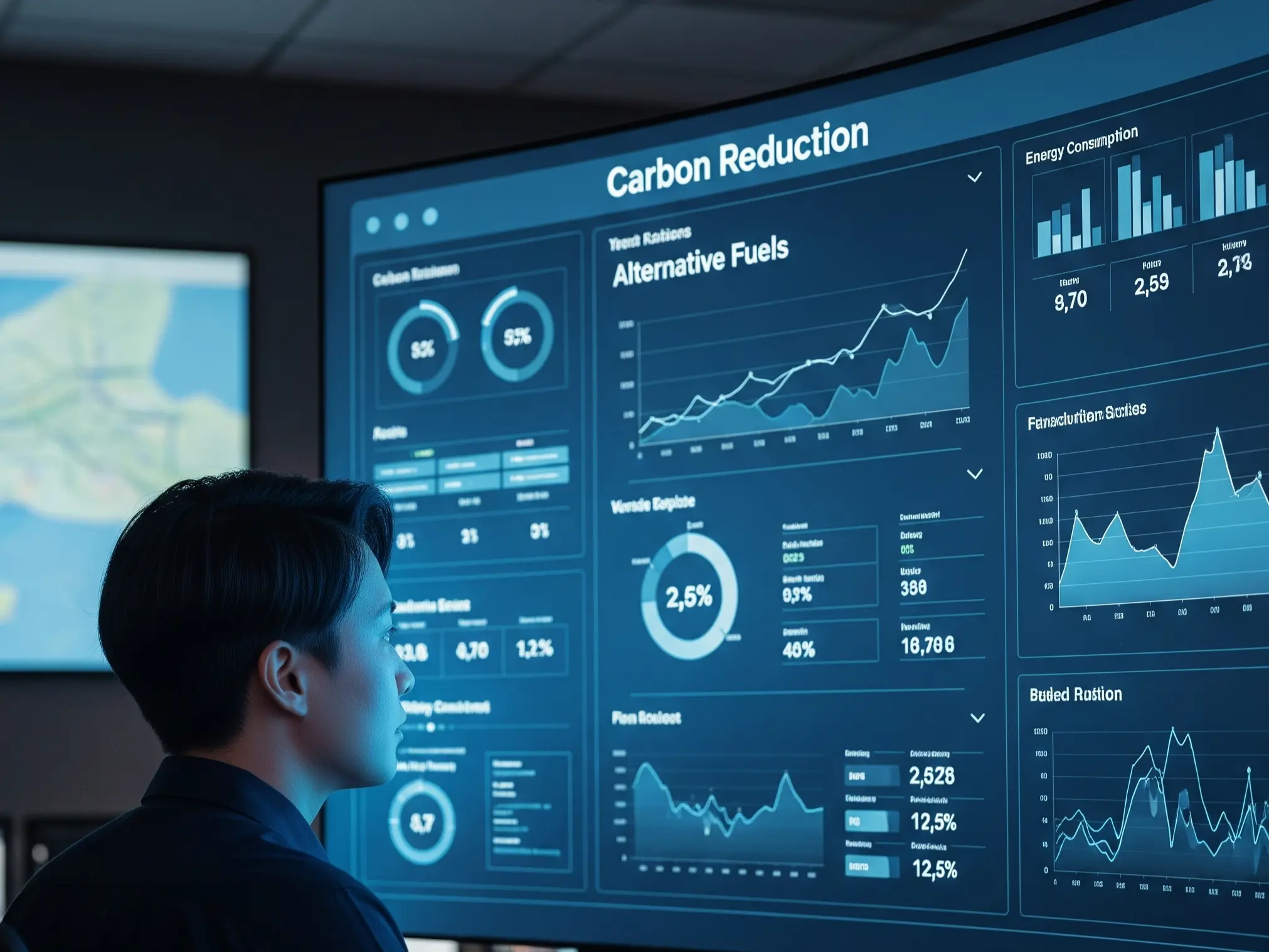Alternative Material and Fuel / Clinker
Alternative Clinker & Clinker-to-Cement Ratio
Management Approaches
According to the International Energy Agency (IEA) recommendations, a key area for carbon reduction in the cement industry is to lower the clinker-to-cement ratio
In addition to investing in alternative raw materials or limestone for clinker production, efforts are continuously made to search for and test new materials as substitutes for clinker
In Taiwan, it is required to comply with CNS 61 regulations, where the addition ratio of cementitious materials in cement must be less than 10%
The Cape Verde plant utilizes natural volcanic ash as a substitute for clinker, with 0 kg of carbon emissions per ton of volcanic ash, directly replacing traditional clinker which has a carbon emission of 750-800 kg per ton
The Ghana plant utilizes the chemical properties of kaolin to reduce the use of thermal energy and improve energy efficiency
Clinker-to-Cement Ratio
Performance | Target | ||||||
|---|---|---|---|---|---|---|---|
2021 | 2022 | 2023 | 2024 | 2025 | 2030 | 2050 | |
Taiwan & Mainland China (weighted average) | 0.823 | 0.816 | 0.799 | 0.789 | 0.796 | 0.780 | 0.570 |
CIMPOR | - | - | - | 0.8 | 0.67 | 0.625 | - |
OYAK CEMENT | - | - | - | 0.8 | 0.79 | 0.73 | - |
Cement Business Unit | - | - | - | 0.8 | - | - | - |
Alternative Materials and Fuels for Cement Production
Management Approaches
Actively engaged in the development of alternative materials, utilizing recycled resources as alternative raw material
Continuously develop alternative raw material sources such as calcium silicate boards and construction waste
Performance | Target | ||||||
|---|---|---|---|---|---|---|---|
2021 | 2022 | 2023 | 2024 | 2025 | 2030 | 2050 | |
Taiwan & Mainland China (weighted average) | 18.2% | 19.6% | 18.7% | 17.4% | 21% | 22% | 25% |
CIMPOR | - | - | - | 3.6% | 4% | 5% | - |
OYAK CEMENT | - | - | - | 1.86% | 2.09% | 5% | - |
Cement Business Unit | - | - | - | 14% | - | - | - |
Note:
% alternative raw materials contained in concrete: 44% in 2024
TCC has no other building materials such as asphalt (excluding natural raw materials e.g. gypsum, pozzolan)
Management Approaches
Actively utilizing diverse alternative fuels, and continue to develop categories such as waste wood, waste plastics, waste textiles, and non-hazardous oil sludge in 2024
In 2023, TCC and ITRI jointly completed the construction of the “SRF with high heating value co-firing and clean integration system for cement kiln”, collaborating in developing high calorific value SRF materials and co-firing technology
Due to regulatory restrictions in Taiwan, it is difficult to effectively increase the TSR of alternative fuels. TCC is actively discussing with the authorities about the possibility of adjusting the chloride ion limit (240ppm)
Thermal Substitution Rate of Alternative Fuels (%)
Leveraging local advantages, the residual materials from the harvest of specialty crops will be tested as alternative fuels
By utilizing cement kiln co-processing technology, the removed alien species White Popinac is converted into biofuels, not only achieving resource recycling but also helping to maintain urban natural ecology
Performance | Target | ||||||
|---|---|---|---|---|---|---|---|
2021 | 2022 | 2023 | 2024 | 2025 | 2030 | 2050 | |
| Taiwan & Mainland China (weighted average) | 1.2% | 7.65% | 12.6% | 15.4% | 25% | 35% | 50% |
CIMPOR | - | - | - | 33.8% | 60% | 70% | - |
OYAK CEMENT | - | - | - | 24.5% | 30.5% | 58% | - |
Cement Business Unit | - | - | - | 19% | - | - | - |









